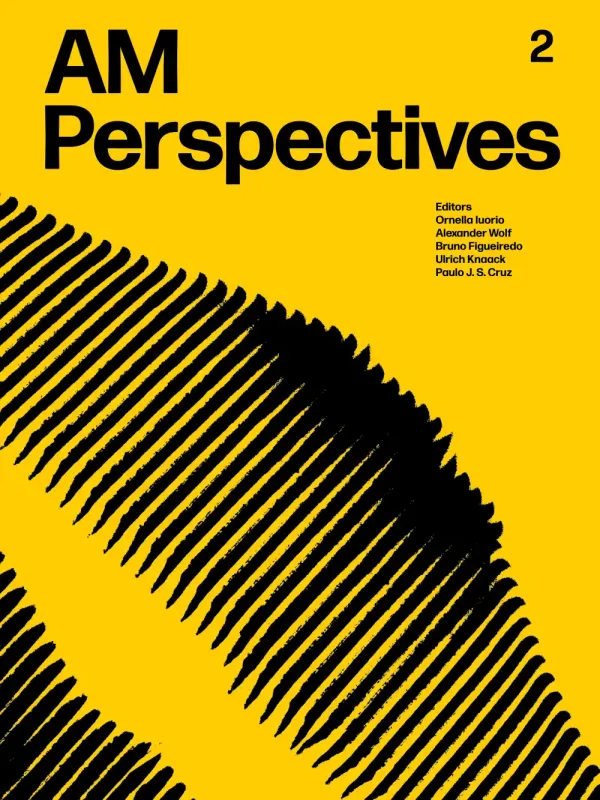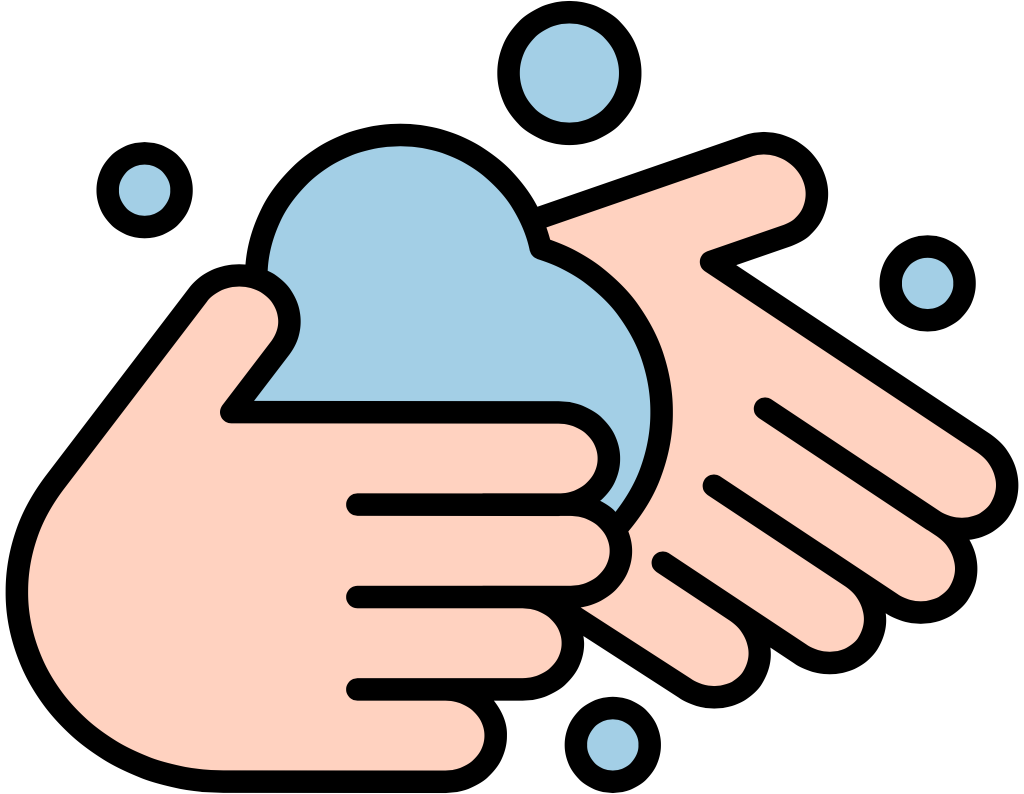ACOUSTIC APPLICATIONS FOR ADDITIVE MANUFACTURING IN CONSTRUCTION
A REVIEW ON PROCESSES, MATERIALS, DIGITAL METHODS AND FUTURE POTENTIAL IN ROOM ACOUSTICS
Synopsis
This study reviews the state of the art in room acoustics, focusing on current practices and the potential of digital technologies to enhance the implementation of acoustic measures in building projects. It briefly summarizes acoustic basics and existing regulations and examines commonly used materials, digital manufacturing and design processes for acoustically effective geometries. In particular, the study explores the opportunities provided by performance-based design and additive manufacturing to expand the applications of acoustics in construction. Despite widespread knowledge of the negative effects of poor acoustics on well-being, productivity, and health, room acoustics remain underprioritized compared to building acoustics in teaching and standardization and consequently the realization of projects. Current solutions, while effective, are limited in design flexibility. The review identifies three key parameters for efficient acoustic design: performance-based design (I), materials (II), and digital fabrication (III). Additive manufacturing, in particular, is promising for enhancing both design freedom and customization, enabling tailored acoustic panels that meet specific project requirements. Clay and paper are identified as highly suitable materials for these applications, combining sustainability with acoustic effectiveness. This research highlights the significant potential of integrating digital fabrication and advanced manufacturing techniques in room acoustics to promote healthier and more adaptable built environments.






